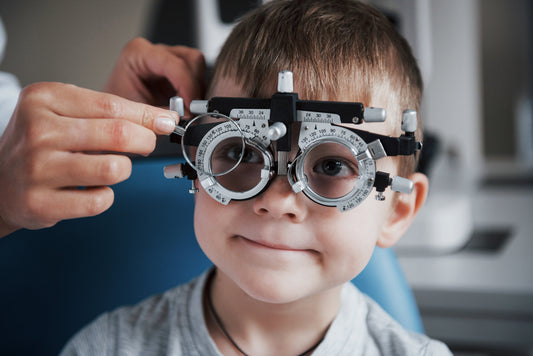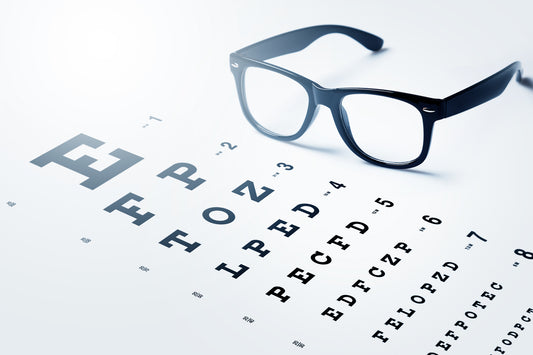Did you know that November 14 each year is World Diabetes Day? It is the largest awareness campaign for diabetes, reaching over 1 billion people in over 160 countries, and is held every year on the birthday of Sir Frederick Banting, who co-discovered insulin in 1922 with Charles Best. You can find out more about and delve into the 2024 theme of wellbeing and diabetes here: https://worlddiabetesday.org/.
Do you know why it is important for people with diabetes to have regular eye checks and what are the varying risk factors for those with Type 1 and Type 2 diabetes?
Regular eye checks are crucial for people with diabetes because the condition can lead to various eye problems, potentially causing vision loss if not detected early. Diabetes affects the body’s ability to regulate blood sugar, and over time, elevated blood sugar levels can damage the blood vessels in the eyes. This damage increases the risk of developing serious eye conditions such as diabetic retinopathy, cataracts, and glaucoma.
What the most common eye related issues for people with diabetes?
The most common and severe diabetes-related eye condition is diabetic retinopathy. It occurs when high blood sugar damages the blood vessels in the retina, the light-sensitive tissue at the back of the eye. These damaged blood vessels can leak fluid or blood, causing swelling and leading to vision distortion. In advanced stages, abnormal blood vessels may form on the retina, further threatening vision. If left untreated, diabetic retinopathy can cause permanent vision loss. Regular eye exams can detect changes in the retina early, allowing timely treatment to prevent severe complications.
People with diabetes are also at an increased risk of developing cataracts, a condition where the lens of the eye becomes cloudy, impairing vision. Diabetes accelerates the aging of the eye lens, making cataracts more likely and often occurring at a younger age compared to non-diabetic individuals.
Glaucoma is another serious condition that can affect individuals with diabetes. It occurs when there is increased pressure in the eye, which can damage the optic nerve, leading to irreversible vision loss. People with diabetes are twice as likely to develop glaucoma as those without diabetes.
What is the differences Between Type 1 and Type 2 diabetes and eye health?
While both type 1 and type 2 diabetes pose risks to eye health, there are some differences in the risk factors and progression of eye problems.
- Type 1 Diabetes: People with type 1 diabetes are typically diagnosed earlier in life, often during childhood or adolescence. This early onset means that they are at risk of developing eye complications at a younger age, particularly diabetic retinopathy. After about five years of living with type 1 diabetes, the risk of diabetic retinopathy increases, and after 20 years, nearly all individuals with type 1 diabetes will have some form of retinopathy. Strict blood sugar control and early eye examinations are essential to minimize this risk.
- Type 2 Diabetes: People with type 2 diabetes are often diagnosed later in life, and many may already have some degree of diabetic retinopathy by the time they are diagnosed, as the disease may have been present but undetected for years. Type 2 diabetes is also associated with a higher risk of developing other eye conditions, such as cataracts and glaucoma, due to a combination of age, blood sugar control, and other health factors such as high blood pressure and cholesterol.
Importance of Regular Eye Exams
Because diabetic eye conditions often show no early symptoms, regular comprehensive eye exams are vital for early detection and intervention. Annual eye exams are recommended, though people with advanced stages of diabetic eye disease may need more frequent visits. By managing blood sugar, blood pressure, and cholesterol levels, and attending regular eye exams, people with diabetes can significantly reduce their risk of serious eye complications and maintain their vision. Book your next eye appointment at one of our stores here.




